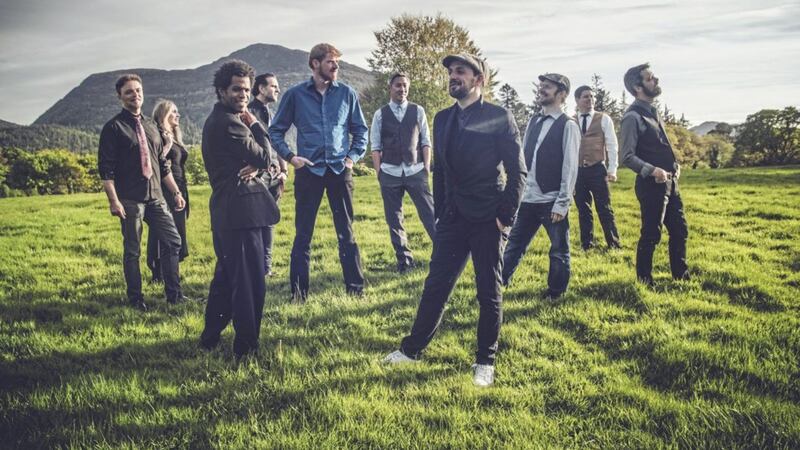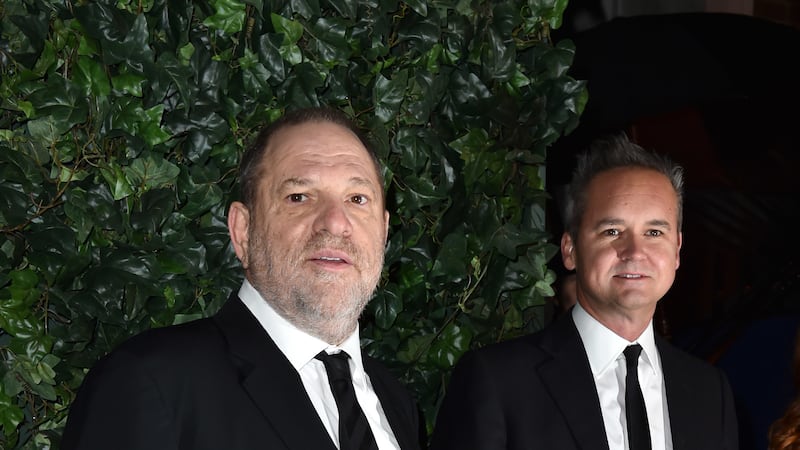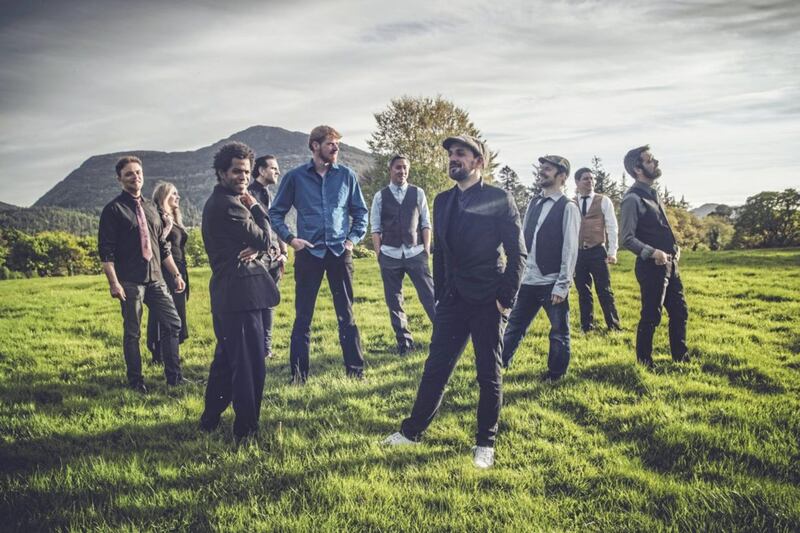IF YOU thought describing the difference between folk music and traditional music was like threading a needle with 3-D glasses on, spare a thought for ‘world music' a term that most people will tell you they really dislike.
The animosity to the term is even stronger here in Ireland where we like our music neat, the same way we like our whiskey, with no fancy additions, go raibh maith agat.
However, Irish music has always been open to foreign influence. Writing in 1760, one observer thought “there is no such thing as Irish music since the trade hath been open with Italy".
As Martin Dowling points out in his Traditional Music and Irish Society: Historical Perspectives, “The future of Irish music as far as this observer was concerned, was Italian.”
Over 250 years later and the Italians have been seen off but much of our music IS influenced by music from continental Europe and for the past century, by the United States, and there is an increasing interest in music from Asia among Irish musicians. So take that, you purists.
And damn it, some of this fusion is brilliant. Just listen to Aldoc or Jiggy to discover the weird and wonderful sounds you get when you mix Irish music with the multifarious musics of the world.
They say the Irish are connected via their DNA with the people of northern Spain so it is no wonder that we like Latin music here in the Emerald Isle – or am I stretching genetic credulity a little here?
Whatever the reasons, Latin music is hot in Belfast and you can learn salsa, balchaga and flamenco in the city, but what would you get if you added Latin music to Irish music?
The answer, my friends, can be found in Baile an Salsa, a 10-piece band based in Galway but which has musicians from Uruguay, Venezuela, Cuba, Italy and Dunleer, Co Louth. The band’s founder, Andres Martorell hails from Uruguay and grew up in a very popular barrio in Montevideo.
He came to Ireland after meeting some Irish people who were travelling in South America and who contacted him to say there was a salsa band looking for a singer/musician back home in Galway. That was in 2003 and he hasn’t looked back.
All the other musicians except one were already in Ireland and slowly the band that became known as Baile an Salsa came together to play Irish music mixed with music from Europe and South America. But of course it is impossible to talk about 'South American music' or 'European music' because they are all so varied – so what particular aspects of South American music have you brought to Baile an Salsa, I asked Andres.
“Well, it’s mostly about the rhythm isn’t it?” Andres asked in reply. “It is about different rhythms so most of what we do is Irish melodies with South American rhythms, things like merengue, bomba and calypso so our rhythms section is based on South American music.”
Other influences on the Baile an Salsa style are Murga and Candombe. I had seen a video about Murga and was fascinated by it so I asked Andres to explain what is was.
“Murga is traditional singing from Uruguay,” he said with a hint of pride that someone was interested in his native culture. “It is like a choir with a particular rhythm called the marcha camión and basically it is like a social movement that happens during carnival.”
Murga was a very vocal expression of opposition to the dictatorship in Uruguay up to the 1980s but it has retained its popularity.
Another influence is Candombe, Uruguayan music and dance that comes from the descendants of the country’s African slaves which was recognised by Unesco as a World Cultural Heritage of humanity.
“We have a song on our first album, Tribu, which features Condombe,” the former Montevideano told me. “On the latest album, Ériu, there is a song called Long Way Home, which has maybe 30-seconds of Murga. The backing vocals on a lot of our songs and they way we harmonise is like the way it is done in Murga.”
There is nothing similar to this group singing in the Irish tradition of course and even in the music the Irish musicians had to adjust to the special clave rhythm of Afro-Cuban music so it was never a straightforward process combining the different musics.
However, something that does connect us all, from Montevideo to Monte Carlo to Mooncoin, is love and the Spanish lyrics on Éiru reflect this with The Dancing Bodhrán, about a wedding, while Lineas Parelalas is about a love affair which starts in Salthill in Galway between a Latin man and an Irish girl. (What is it about Galway girls? Ed Sheeran and Steve Earle and now Baile an Salsa...)
However, there is also social comment on the album – La Cummbia de Gerardo tells of how people have different opportunities in life, depending on where in the world they are born.
One of my favourite Baile an Salsa songs, however, is a bilingual Irish-Spanish version of Mo Ghile Mear. There were two songs in Irish on Tribu but none on Ériu, something Andres regrets.
“That was really great fun doing Mo Ghile Mear and we always do that song when we sing live,” he said. “We also did Siúil a Rúin on the first album but the only thing I think is missing on the second one is a song or two in Irish. We all love the album, it is like a baby to us all, but I think there should have been a song in Irish on it.”
However, as Dónal Mac Ruairí said of Baile an Salsa, “To be touched by their music is to be touched by happiness itself.”
This came through on another song on the first album, My Salsa Song, which brought a big smile to my face when I heard the lyrics: “It doesn’t matter if the day is grey or raining, just get up and dance with all your joy and tomorrow the sun will be shining in the island where I live with my love.”
Now how could you refuse an offer like that?
Finally, espanophiles out there will have noticed the pun in the band’s name.
Baile is the Irish for a town so Baile an Salsa is Salsa town. The Spanish word for to dance is bailar very similar to baile.
“When I first came to Irish I saw that nearly everywhere had baile in its name so I thought, ‘Wow, everyone in Ireland must love to dance,” Andres laughed.



